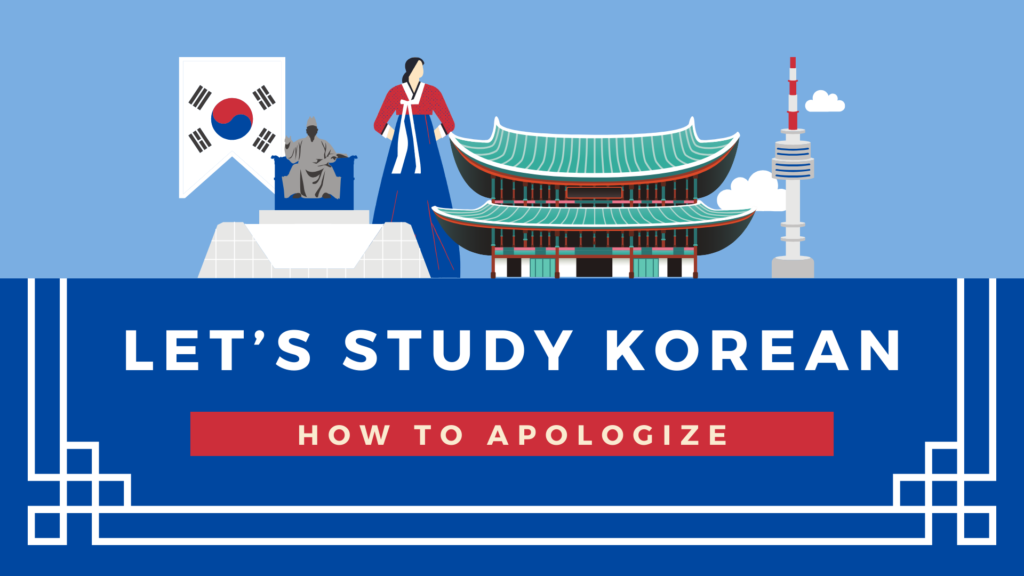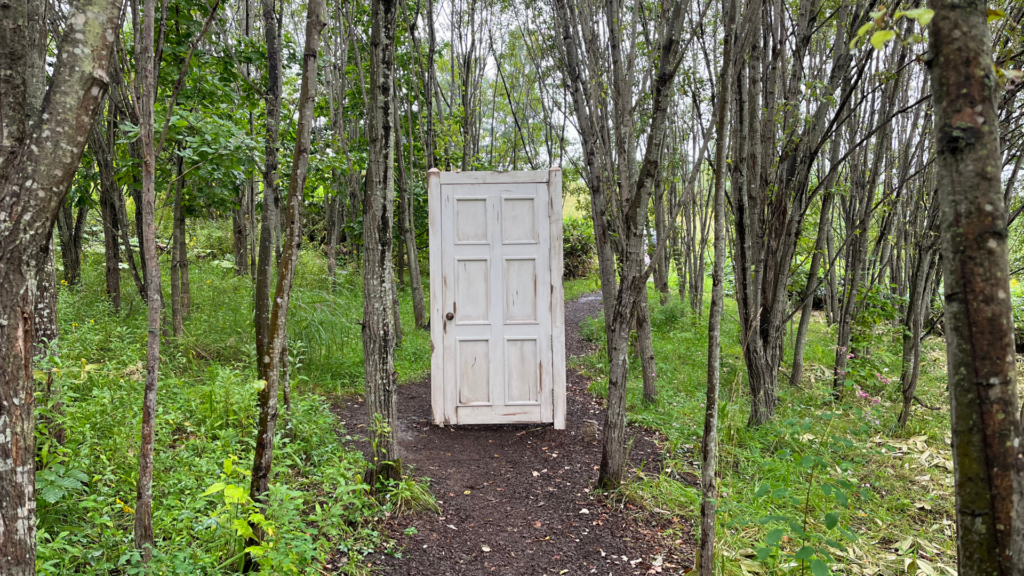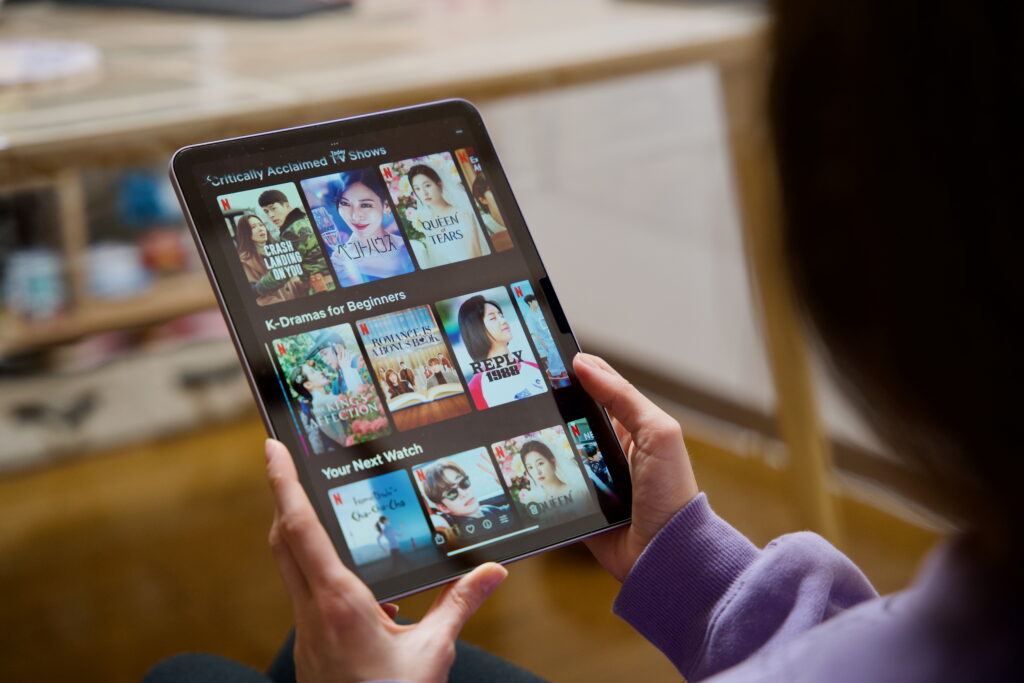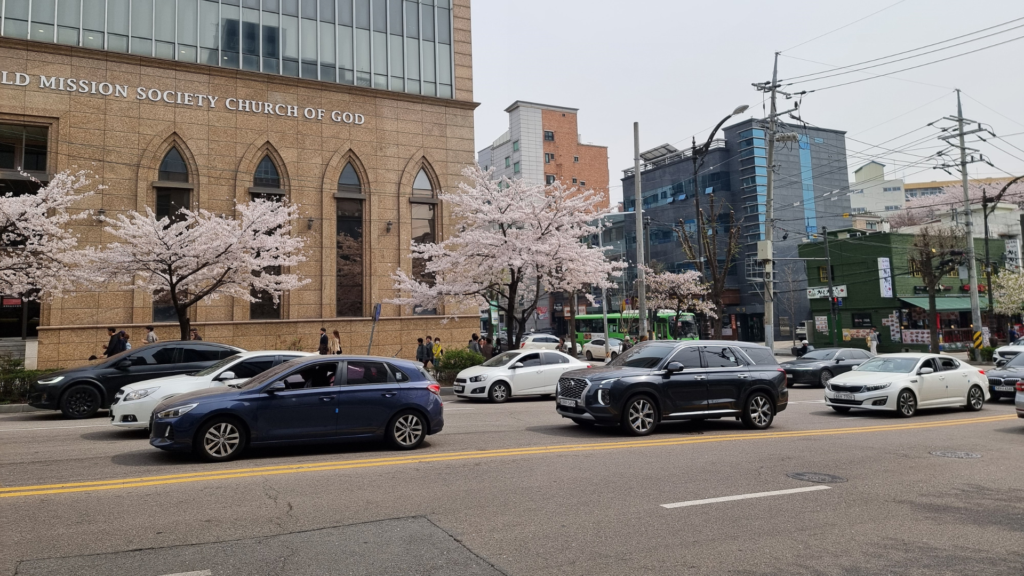Although there are many different types of houses in Korea, from flats in 40-story buildings and above, to slightly older cottages, to studios and goshiwons, the items that you can find inside a typical Korean house are common to almost all the population. There are certainly generational differences, but in general the utensils that are part of everyday life in this country can be collected in a short list. Let’s see what items are typical in Korean homes!
What can be found in modern Korean homes
Electronic lock
Let’s start from the outside of Korean homes. Nowadays in Korea, houses with locks that open with keys are definitely the minority. Thanks to the development of technology, in fact, all houses have an electronic system that allows one to open the door of one’s house by entering a code, or by approaching an electronic chip that can unlock the lock. This, of course, applies unless you are talking about mansions or villas built more than 10 years ago.
It is more convenient for Koreans to leave the house simply by closing the door, and let it lock automatically. Although this system has the advantage of not having to carry your house keys around, and not having the thought and fear of losing them, in the event of an electrical fault it might be a little inconvenient. Don’t worry anyway: in that case all you have to do is call the service for your building, who will intervene promptly.

Heating
One of the main features of Korean homes is the unique heating system. Nowadays in Korea there are no radiators as in the West, but the house is heated from the floor. This peculiarity is due to a long tradition in the country.
In ancient Korean houses known as 한옥 (hanok), the heating method was called 온돌 (ondol). This technique consisted of lighting a fire in the room used as a kitchen, so that all the heat produced would extend under the floor of the house, which is elevated above the kitchen itself. Nowadays, even older houses no longer have a fire, but have a more modern and safer system.

Slippers
As soon as you enter a Korean home, it is very important to take off your shoes. In fact, people in Korea very often wear slippers inside their homes, or simply stay barefoot or with socks. If you happen to be invited to a Korean home, remember to wear a pair of socks, as being without one may seem inappropriate to some.
Even if you have to go to the bathroom, you will most likely find slippers that are only used there, to keep the house in a more hygienic situation. Also, another nice feature you will notice, is that Koreans are very quick to take off and put on their shoes unlike us westerners. If you have any Korean friends, you will notice this immediately.

Household appliances
These are the quintessential Korean household items, practically always present. The electronic rice cooker, or jeongi bo-onbabtong (전기 보온밥통) allows you to get cooked and boiling rice quickly and easily. The water kettle, on the other hand, heats water very quickly at the push of a button, and without using your own kitchen cooker. If you want to drink tea, or enjoy instant noodles, it will be incredibly convenient.
Lately, in addition, another item has been gaining a foothold in Korean homes, and that is the water purifier. Koreans in fact never drink running water from their taps, and to make sure they don’t run any risks, they install these appliances that allow them to have hot, cold and above all clean water, again at the push of a button.
Also not to be forgotten among the appliances are those for removing odors from clothes. There are mainly two of them. One from Samsung, which is called 에어드레서 (eeodeureseo, Korean transliteration of hairdresser) and one from LG, which is called 스타일러 (seutailleo, transliteration of styler). The purpose of these appliances, which are slim and slender, is precisely to remove bad smells from one’s clothes. It is very often the case in Korea that one goes to dinner and enjoys the delicious Korean barbecue, whose only flaw is that it leaves a strong smell of meat on one’s clothes.
Kimchi refrigerator
This typically Korean appliance was introduced to allow better fermentation of one of the most famous and popular foods in Korea, namely kimchi. Unlike normal refrigerators, this device is first and foremost cooler, has the ability to maintain a constant temperature, preserve more moisture and, above all, control the circulation of air inside. All these features make the 김치냉장고 (kimchi naengjanggo), a very convenient item that allows kimchi to be stored even for months, without losing the typical sour flavour of this dish. This is nowadays one of the most popular items in Korean homes.

Air purifier
The 가습기 (gaseubki) is a popular small object that is used in Korean homes to make the air inside the house less dry. They are recognisable by the small jet of steam that is constantly sprayed, and can be seen in many shops and chains. They come in various shapes and colours, and sometimes, you can even find them themed.
In this category of utensils, we also find the 공기청정기 (konggi cheongjeonggi), which is becoming increasingly popular lately. Its purpose is to purify the air in the home, especially on those days when micro-dust or pollution is a bit more intense. It is especially easy to find in households where young children are present.
Electric mattresses
In Korean homes, it is also quite easy to find this type of mat, the 전기 장판 (jeongi jangpan), which are very thin and can come in different colours. They are not only used for sleeping and staying warmer, but are sometimes put on the floor of the living room, as they are very soft and comfortable. In fact, Koreans do not mind sitting on the floor, so much so that the traditional way of sitting is to sit on the floor with crossed legs. It is also used for children to play in a softer and safer environment.

What can be found in traditional Korean homes
If up to now we have talked about the typical objects of our contemporary Korean homes, I would like to highlight a few other utensils, which although nowadays are not used as much by the younger generation, are certainly possible to find in the houses of older people. First of all, I would like to point out the 밥상보 (babsangbo), a kind of very light net that was used to cover food. In fact, Korean mothers or grandmothers, when preparing a meal for their loved ones who would be coming home later, used to put this item on top of the already prepared dishes, thus protecting them.
Two other very nice utensils are the 죽부인 (jukbuin) known in English as ‘bamboo wife’, and the 효자손 (hyojason). The bamboo wife was used in the past to make the dreadful muggy summer nights less harsh. It has a long, cylindrical shape, about the size of a person, and is able to convey a feeling of coolness when hugged.
The hyojason, on the other hand, is a kind of long, thin wooden stick, at the end of which there are serrations somewhat reminiscent of kitchen forks, and is used for scratching one’s back. Nowadays, these objects can also be found in traditional markets, and there are more modern variants with modern designs on the market.
Finally, let’s talk about the 교자상 (kyojasang), a small, very low table, which often also has folding legs. As mentioned before, the traditional Korean seat is on the floor with crossed legs, and this table was, and still is, used to eat one’s meal.
Have you ever seen these typical objects in Korean homes? From now on, the next time you go to the home of someone you know, you can make an impression by being knowledgeable about the culture of this magnificent country.
For more interesting facts about South Korea, keep following our blog or our TikTok account.

